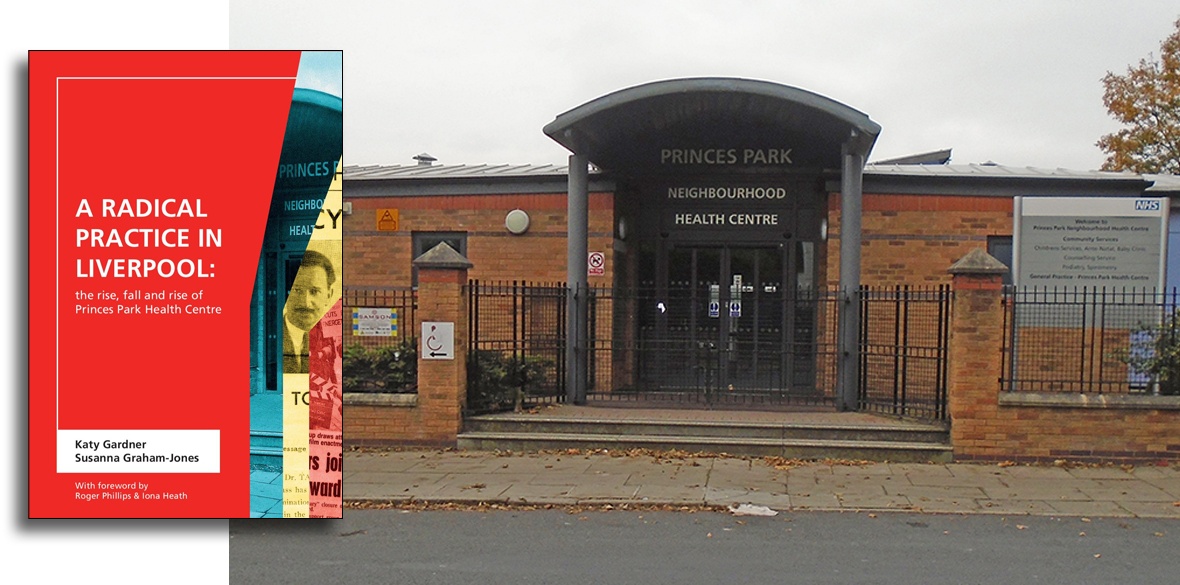This is the last article you can read this month
You can read more article this month
You can read more articles this month
Sorry your limit is up for this month
Reset on:
Please help support the Morning Star by subscribing here
A Radical Practice in Liverpool: The rise and fall of Princes Park Health Centre
by Katy Gardner and Susanna Graham-Jones
(Writing on the Wall, £9.99)
THIS book is not simply about medical practice but about people, the community living in the heart of the inner-city area of Liverpool 8.
The neighbourhood reflects all the consequences of social and economic deprivation but as a community it was willing to rise up and fight back, as it did during the Toxteth riots in 1981.
In the centre of Liverpool 8 sits Princes Park Health Centre (PPHC), opened on St Patrick’s Day in 1977. It was the brainchild and passion of doctor Cyril Taylor — communist, activist, Liverpool City councillor, chair of Liverpool Social Services and much more.
As a man who stood up for and spoke out for his community, Taylor was respected and loved by his patients and beyond. Around him he had a team of brilliant health workers, volunteers and activists committed to creating an inclusive NHS focused on local needs.
They recognised an essential element that has been lost among today’s chaotic Tory ideologies — that poor health and disease are not simply the result of bugs and viruses like Covid-19 but are equally likely to be the products of poverty, inequality, bad housing, poor education and lack of life opportunities. The existence of food banks would make doctors like Cyril Taylor and Sheila Abdullah turn in their graves.
Apathy did not exist at PPHC. The building bristled with additional activities: patient participation events, support groups, health through arts, creative writing and cutting-edge campaigning. There were groundbreaking inclusion projects, anti-racism training and ethnic monitoring. Health needs became mainstream.
All those stories are here but they do not sidestep the difficulties of delivering healthcare in the inner city. As one of the doctors writes: “It was stressful and draining... the funding formulas were such that they would never provide the financial resources that this sort of practice required. Many patients needed careful management, long consultations and specialist services.”
There is a whole section on the Inverse Care Law which argues, when it comes to the allocation of resources, that those who most need get the least.
In a situation where growing needs were increasingly under-resourced, many of the health workers suffered symptoms of burn-out and were dangerously near breaking point. Ultimately, continuity and good practice were compromised, despite the exceptional dedication of loyal staff.
It became a bumpy ride, especially during the last few years when the centre nearly went under and it was rescued by amalgamation in 2017 with Brownlow Health, a progressive, multi-practice organisation.
Told in a totally engaging way, this is a story that combines reflection with vision. With US insurance companies poised and ready to take over whole swathes of GP services, including having a voice on hospital referrals, there has never been a better time to remind ourselves of what the NHS should look like.
Read this enjoyable and insightful book and remind yourself of medical practice rooted in socialist values, which is focused on the needs of people, not profit. It says it all.










